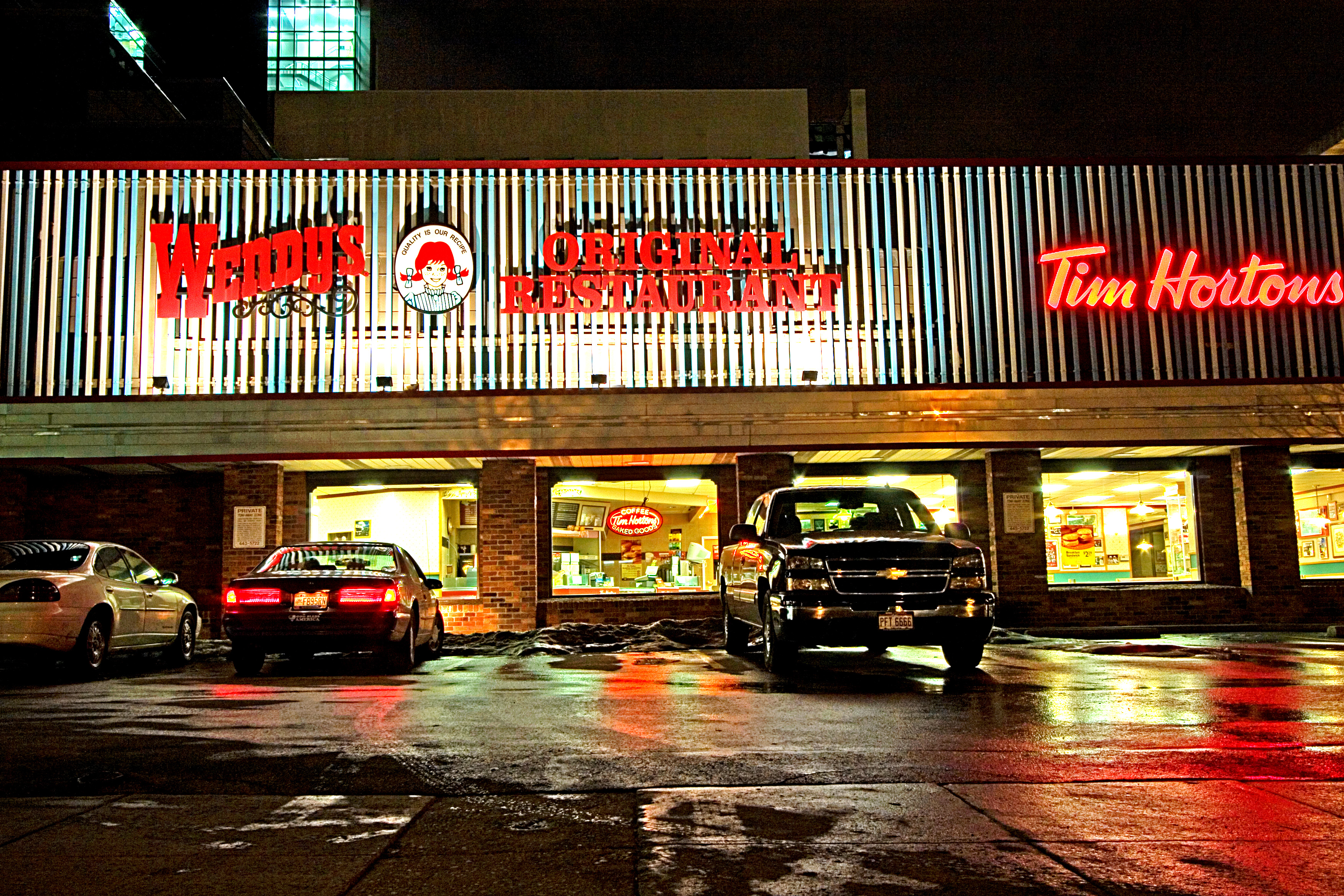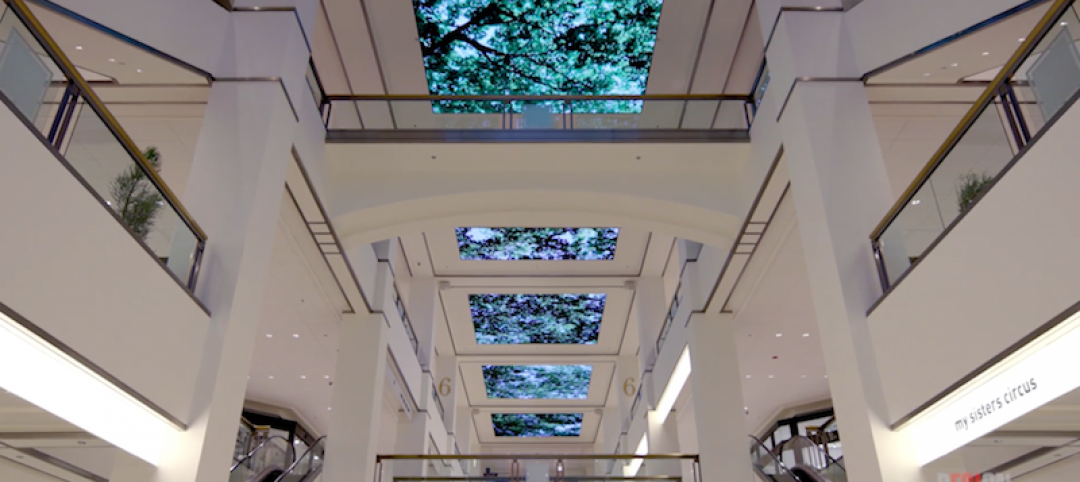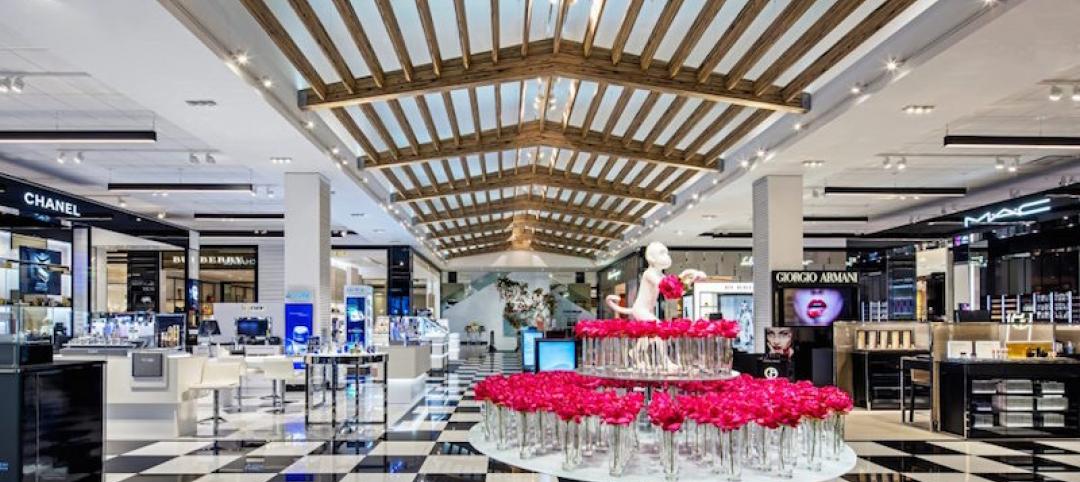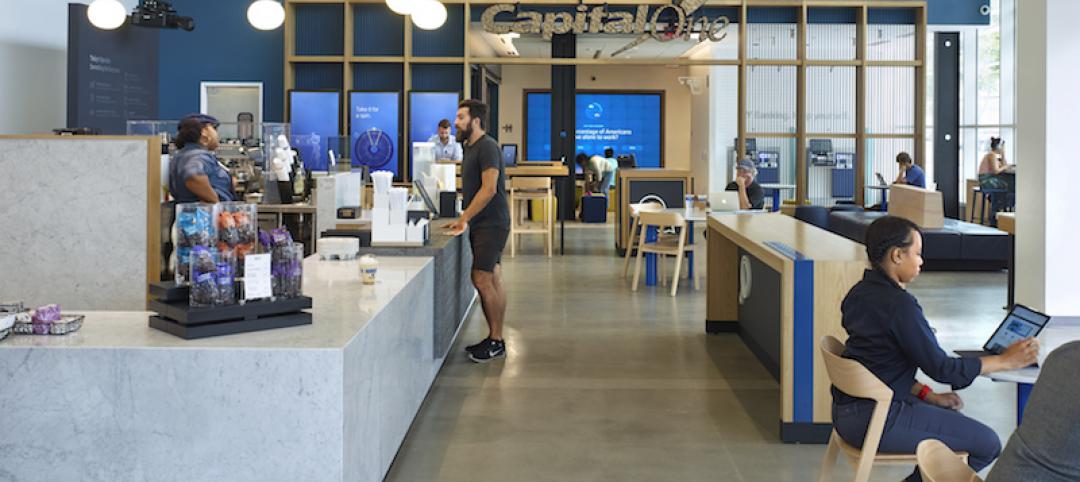There is a new secret sauce at quick service restaurants (QSRs), but according to JLL research, you won’t find it in the food. The fight for market share has led Wendy’s, Chick-fil-A, and other QSRs to adapt new development strategies to compete with fast-casual restaurants that are threatening fast food’s traditional heavyweights.
“Everyone is trying to figure out who their customer is and what they can do to put themselves in a better position than their competitors,” said Steve Jones, Managing Director for JLL Retail Multi-site. “The customer is much more knowledgeable now than in the past. We have access to more intelligence and data, so it’s more important than ever that these restaurants know themselves, their brand and who their customer really is.”
“The traditional QSR dining experience encourages customers to get their food, eat, and leave. At Wendy’s, we’re changing that standard by making the environment in our dining rooms more inviting and comfortable.” —Bruce Allendorfer, Regional Director of Construction, Wendy’s
According to the JLL research, the millennial consumer base is becoming increasingly vital to QSRs. This consumer pool accounts for approximately 23% of annual restaurant spending—about 46 billion visits annually. With those visits come new expectations for atmosphere and fresh ingredients, which requires QSRs to invest in their facilities, brand experience, and technology, across both existing restaurants and new locations.
Fast-casual restaurants are slightly more expensive than QSR options, but offer customizable, health-conscious options offered in a hip environment that appeals to millennials. With this in mind, Wendy’s is evolving its customer experience to match the changing consumer landscape.
“The traditional QSR dining experience encourages customers to get their food, eat, and leave. At Wendy’s, we’re changing that standard by making the environment in our dining rooms more inviting and comfortable,” said Bruce Allendorfer, Regional Director of Construction for Wendy’s. “Customers stay longer and can make an event out of their visit.”
JLL worked with Wendy’s to implement its “image activation.” The new strategy started with store rebrands for the Ohio-based restaurant chain, which includes adding fireplaces, new seating options with lounge chairs and booths, Wi-Fi, flat-screen televisions, and digital menu boards. The goal wasn’t just to drive sales but to compete with the environments offered by Wendy’s fast-casual peers.
“Our customers are reacting positively to the re-imaging of Wendy’s. Sales are up and, more importantly, there are positive customer counts as well,” Allendorfer said. “Wendy’s is providing a quality experience for our customers in both the drive-through and the dining room.”
3 RETAIL DESIGN TACTICS FOR GROWING MARKET SHARE
The opportunity for QSRs is great. With a focus on three key areas, these restaurants can combat threats to their market share:
Rapid renovation: Reworking existing space to better serve high consumer expectations can change the entire experience of a restaurant. Changing the interior build out of the restaurants, remolding the ordering space, and re-creating the menu are all physical ways to make a QSR more competitive. Another more complex method is to create a franchising model to meet local market demand.
Technology: Technology enhancements go a long way to personalizing the consumer experience. For example, drive-through experiences can be upgraded by replacing the metal speaker box with a high-definition video communication platform, as done recently by a global coffee chain. GPS and beacon technologies offer incredible potential for creating new digital experiences for consumers, as well.
Facility Branding: Implementing a brand refresh can alter previous impressions and introduce a whole new demographic to a company. On average, organizations refresh their corporate brands once every seven to 10 years, but QSRs are doing so even more frequently.
Renovation, rebranding, and redevelopment come with their own challenges for QSRs. In 2013, sales for fast-casual chains grew by 11%, while QSRs have maintained revenue growth at about 1.2% annually because of flattening sales and an increase in the cost to produce. Efficiency has proved necessary for chains like Chick-fil-A, who see development projects balloon during expansion and renovation.
“The biggest challenge that Chick-fil-A was facing was a large increase in the number of projects we needed to manage within the reinvestment portfolio,” said John Mark Wood, a Program Manager from Chick-fil-A. “The budget went from approximately $30 million to $100 million in a span of one and a half to two years.”
Chick-fil-A worked with JLL to manage its reinvestment program. By adapting new development strategies like these, QSRs can stay diversified and contend with their fast-casual counterparts.
To download JLL’s special report on the state of the restaurant industry, visit here.
Related Stories
Retail Centers | Nov 20, 2017
28,000-sf brewery and restaurant coming to Houston’s Arts District
Method Architecture designed the three-story building.
Shopping Centers | Nov 15, 2017
900 North Michigan Shops renovation includes 190-foot-long digital art installation on the ceiling
The installation is visible from all floors and built in 10 different sections.
Retail Centers | Nov 13, 2017
American Girl Place New York opens new 37,000-sf New York Store designed by FRCH Design Worldwide
The store is located at 75 Rockefeller Plaza.
Retail Centers | Oct 25, 2017
‘Under’ will be Europe’s first underwater restaurant
The Snøhetta-designed restaurant will also function as a research center for marine life.
Retail Centers | Sep 26, 2017
DATÜM: Reinventing the department store
Department stores are going through a period of transformation in the face of a rapidly changing retail market. What’s behind the change and where is it leading us?
Mixed-Use | Sep 22, 2017
Defending against the online dragon
Some entertainment districts are going light on retail, partly because “the bulk of the leasing demand is for dining and entertainment,” say Barry Hand, a Principal with design mega-firm Gensler in Dallas.
Mixed-Use | Sep 18, 2017
Urban heartbeat: Entertainment districts are rejuvenating cities and spurring economic growth
Entertainment districts are being planned or are popping up all over the country.
Sponsored | Products and Materials | Sep 15, 2017
Creating a movement: How Mamava, Konrad Prefab and ALPOLIC partnered to change the culture of breastfeeding
Since its conception in 2006, the Mamava lactation pod has undergone several changes in design.
Mixed-Use | Sep 14, 2017
Capital One eschews the traditional bank with the Capital One Café
The new branch in downtown Santa Monica offers 8,400 sf of space designed by Gwynne Pugh Urban Studio.
Giants 400 | Sep 13, 2017
Top 75 retail construction firms
The Whiting-Turner Contracting Co., PCL Construction Enterprises, and Shawmut Design and Construction top BD+C’s ranking of the nation’s largest retail sector contractor and construction management firms, as reported in the 2017 Giants 300 Report.

















